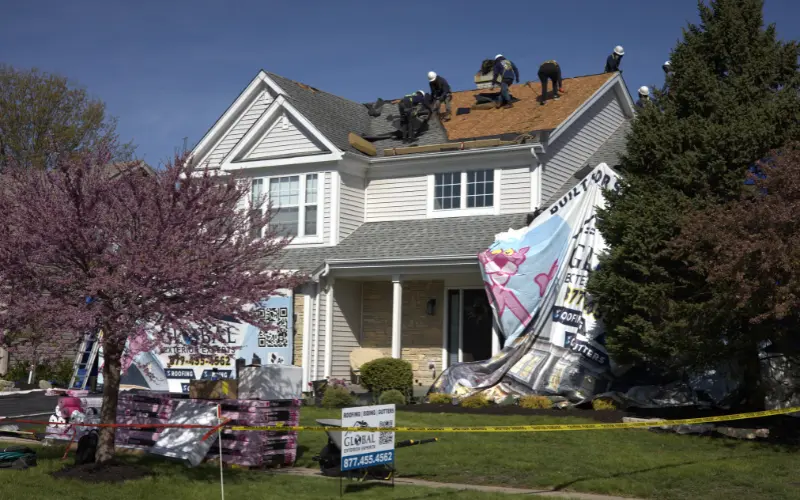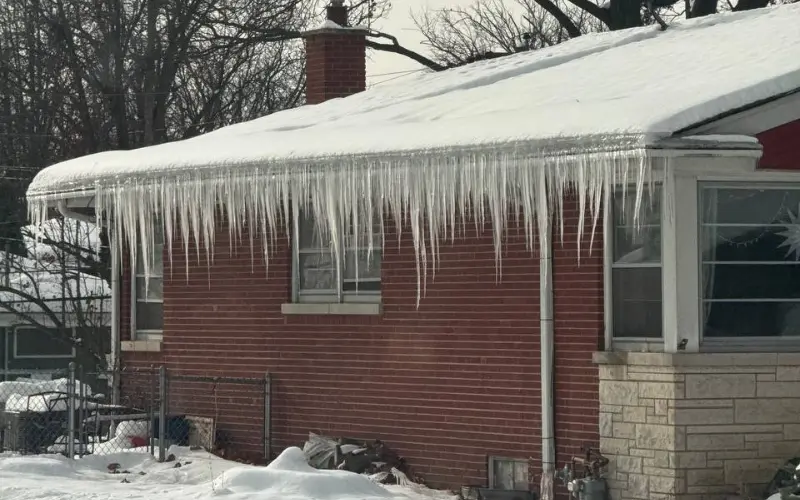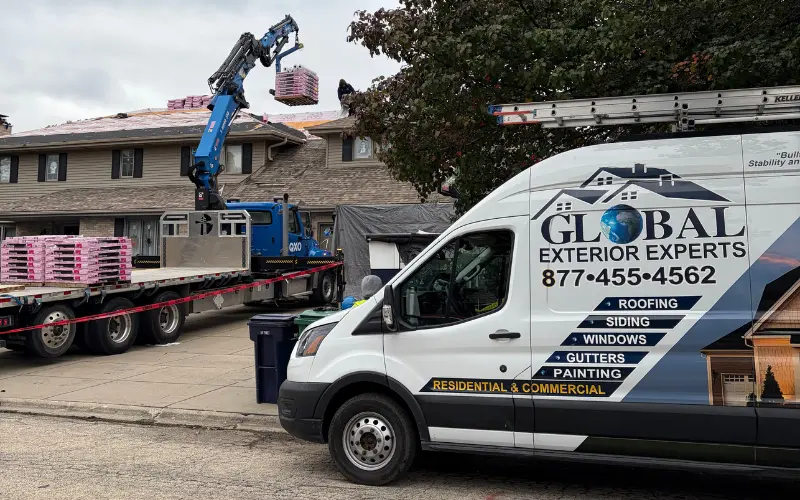Cool roofs reflect sunlight instead of absorbing heat and keep buildings up to 55°F cooler and can cut energy costs by 15-35%. They're available in various materials from shingles to metal and work in any climate but really tend to shine in hot regions. Installation costs also match standard roofing and have payback periods of 3-7 years depending on your location and building type. Also, a quality roofing company will always recommend a switch if it's right for you.
Let me give you the straight answer first: cool roofs absolutely save you money, even in our mixed climate with hot summers and cold winters. We're talking about roofs that reflect sunlight instead of soaking it up like a sponge. They stay cooler during those brutal July and August heat waves, your building stays more comfortable, and your cooling bills drop. The savings aren't massive overnight, but they add up year after year.
What Even Is A "Cool Roof"?
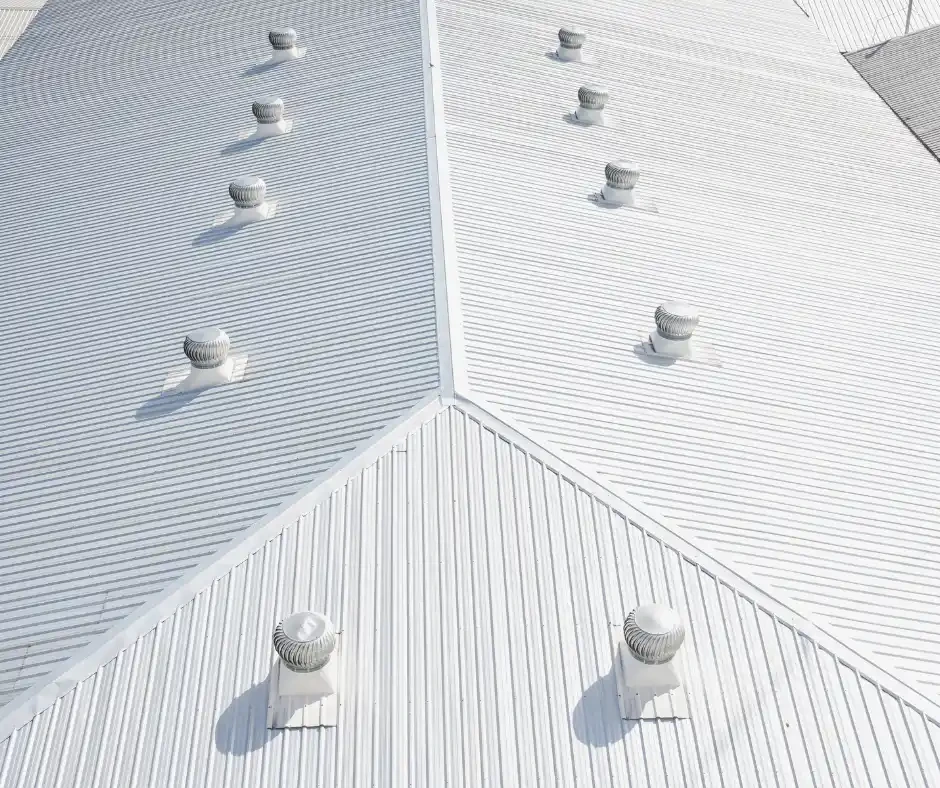
Here's the thing: it's not just about picking a white roof and calling it a day (though that helps). A cool roof has two key properties that work together.
First it reflects sunlight. This is measured by something called solar reflectance and a roof with high solar reflectance bounces away the sun's rays instead of absorbing them. White roofs tend to reflect about 60-90% of sunlight. Dark roofs? Maybe 5-20%. That's a huge difference.
Second it releases heat. This property is called thermal emittance. Even after your roof absorbs some heat it now needs to release that heat back into the air. Good emittance means the heat doesn't get trapped and conduct down into your building.
The best cool roofs have both high reflectance and high emittance. It's simply a roof that reflects most of the sun away and quickly releases whatever heat it does absorb. Modern roofing technology has made this possible even with darker colors by using special pigments that reflect invisible infrared light.
The Temperature Difference Is Real
On a summer afternoon in July or August (when we're dealing with those 90-95°F days), a standard dark roof can hit 150-190°F. While a cool roof in the same conditions might reach 100-135°F. That's a 50°F difference just from changing the roof surface and color.
That temperature difference matters more than you might think because when your roof is 50 degrees cooler, it's not dumping all that heat into your attic or through your ceiling. Also your air conditioning doesn't have to work as hard during those sticky summer months. Your whole building stays more comfortable and in commercial buildings with rooftop HVAC units, those units are running in cooler air, which just makes them more efficient.
Breaking Down the Energy Savings
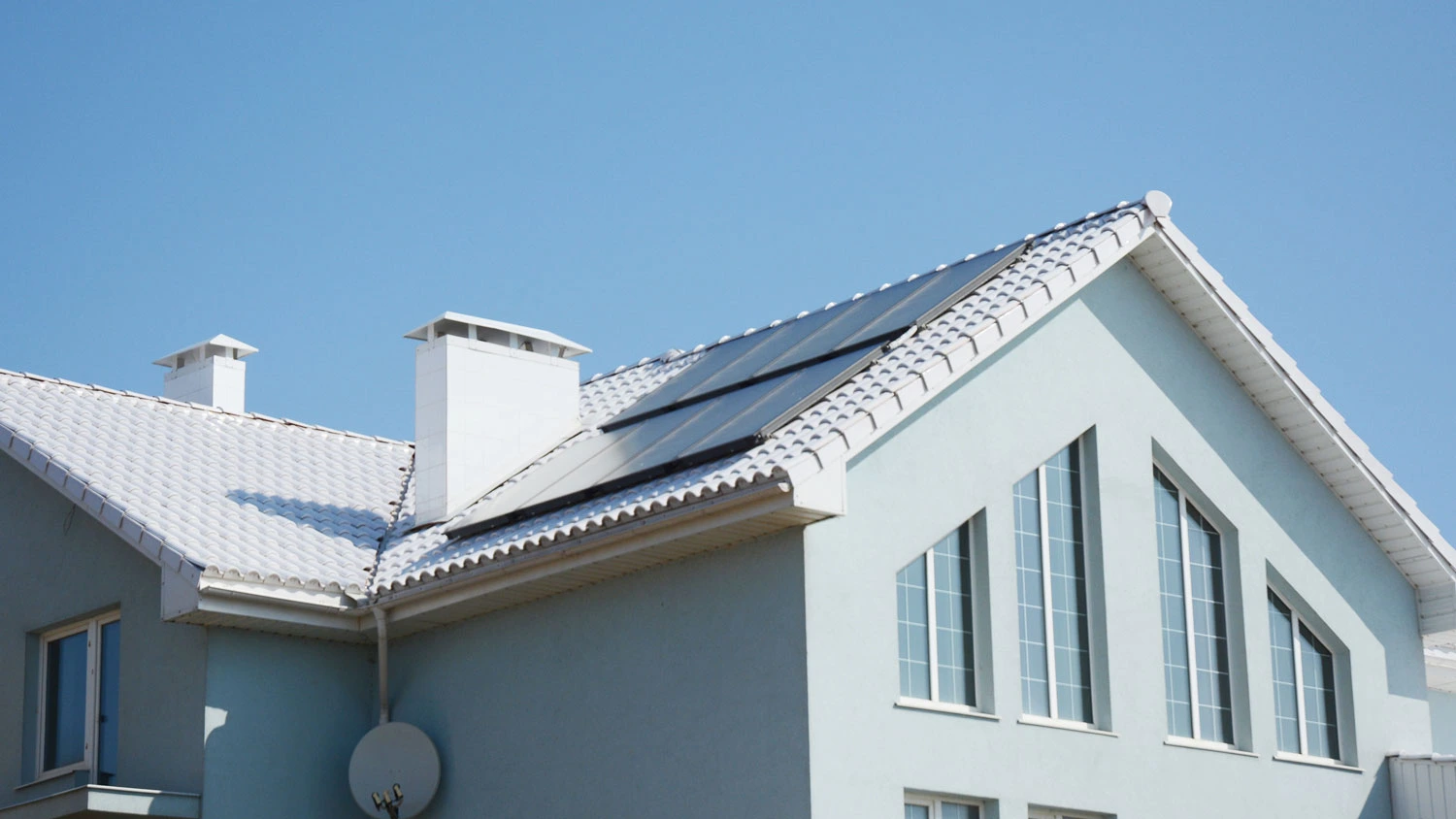
Alright, let's talk about actual numbers for our climate. Cool roofs typically reduce cooling energy costs by 15-25% during the summer months. Now in Illinois we don't see the massive year-round savings that Arizona or Texas gets but the summer cooling season here (roughly May through September) is when you'll notice that difference.
For a typical commercial building spending $3,000 a month on cooling during peak season, that can mean $450-$750 in monthly savings. Over a cooling season, that tends to add up to $2,000-$3,500. Residential properties see smaller absolute numbers but still meaningful percentages often $200-$400 per summer.
Here's something else to consider: electricity costs way more per BTU than natural gas. About four times more, actually. So if you're using electric AC and gas heat (like most buildings around here), the cooling savings from a cool roof usually outweigh any tiny heating penalty in winter. Not to mention, during those long winter nights when sunlight isn't hitting your roof at all and when you get snow cover, even a dark roof acts like a white reflective roof.
Commercial buildings need to watch out for demand charges too. These are penalties based on your peak electricity usage, often 30-70% of your total bill. Air conditioners spike demand during the hottest parts of the day especially during summer heat waves and a cool roof reduces how hard your AC works during those peaks, which can cut those demand charges significantly.
Material Options for Every Roof Type
Cool roofs aren't one-size-fits-all. Your options depend on whether you have a steep residential roof or a flat commercial roof.
For Steep Roofs (Most Houses)
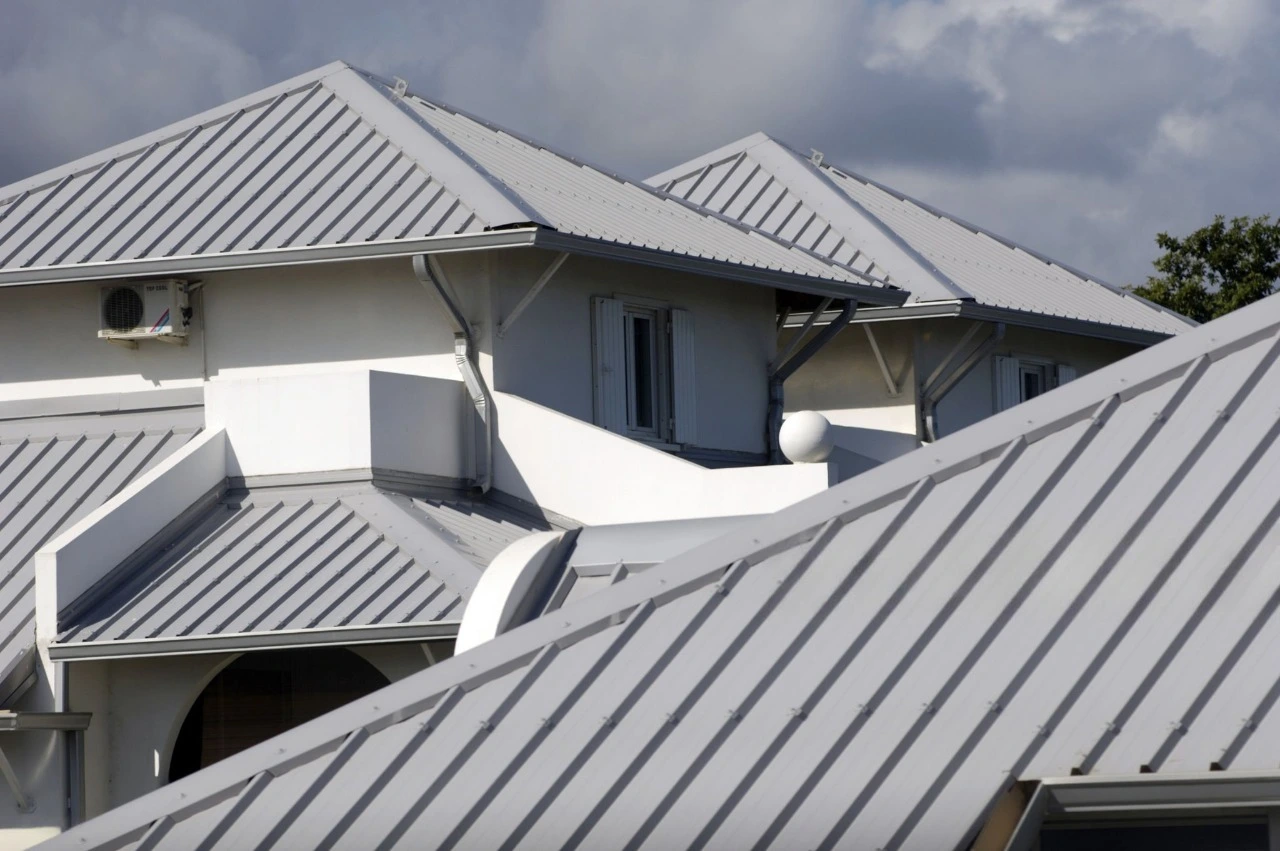
Asphalt shingles are the most common residential roofing material, and yes, you can get them in cool versions. Look for shingles with light-colored or specially coated granules. They work just like regular shingles but reflect more sunlight. Don't try to coat existing shingles to make them cool. It can trap moisture and void your warranty.
Metal roofing is another solid option. Factory painted metal with light or cool colored finishes stay surprisingly cool. There are other uncoated options but just stick with painted metal.
Tile roofs (clay or concrete) can be cool depending on the color and coatings. Terra cotta tiles are naturally cool colored while concrete tiles can be factory coated with reflective coatings or retrofitted with special polymer coatings.
Other options include polymer shingles (synthetic materials shaped to look like traditional roofing) and even wood shakes, which are naturally cool-colored though not the most reflective overall.
For Low-Slope and Flat Roofs (Commercial Buildings)
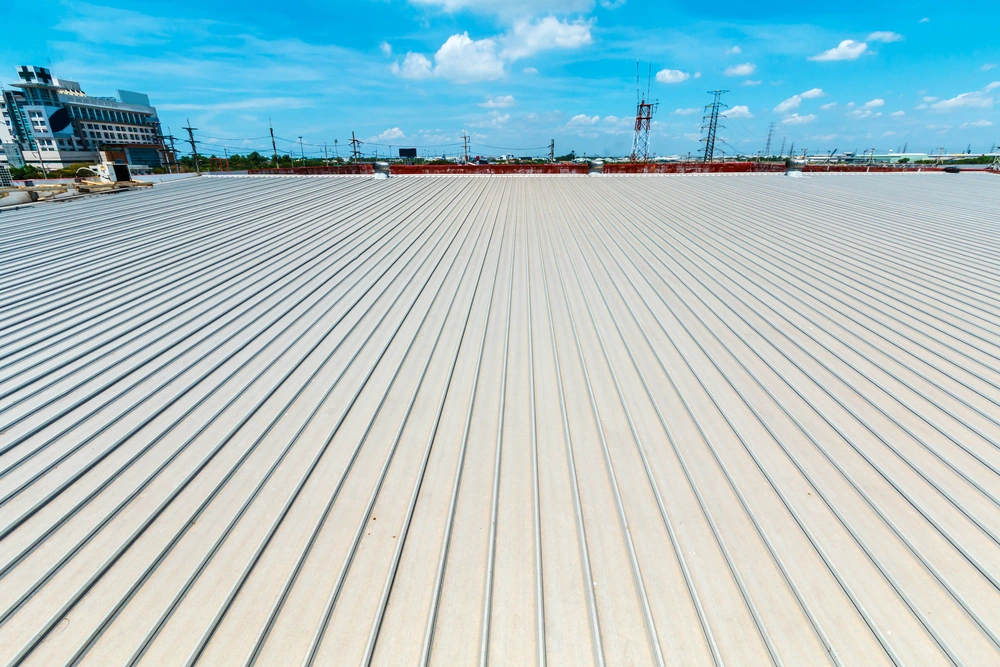
Single-ply membranes are huge in commercial roofing. TPO and PVC membranes come in white and light colors that naturally reflect sunlight. Not to mention, TPO has taken over more than 50% of the commercial market partly because of its cool roof properties.
Built-up roofs can be made cool by using reflective cap sheets or light-colored ballast (gravel). You can also field apply a reflective coating to existing built-up roofs.
Coatings are a popular retrofit option. Apply a reflective coating over your existing roof and suddenly it's a cool roof but coatings tend to work on many roof types including metal and some membranes. They also add a few years of life to the roof while making it more energy efficient.
Spray foam roofs come with protective coatings that are usually reflective by default, giving you cool roof performance built in.
When Cool Roofs Make the Most Sense
Here's the thing about our Illinois climate: we get both extremes. Hot & humid summers with heat waves that can push into the 90s and beyond then cold winters with heating bills that'll make you wince. You might think cool roofs only work in places that run AC year round but that's just not the case.
Cool roofs still make financial sense here. Why? Because electricity for AC costs significantly more than gas for heat, and our cooling season runs roughly five months while the intense heating season is about 4 to 5 months. The cooling savings typically outweigh any small heating penalty in the winter, plus your roof isn't absorbing much solar heat during those long dark nights. Also when snow covers your roof, it's effectively acting like a cool roof anyway.
The best candidates for cool roofs around here are:
- Older Buildings with low insulation levels
- Properties with aging HVAC systems that struggle during summer heat waves
- Commercial buildings with large flat roofs and high cooling costs
- Metal buildings that turn into ovens in July and August
- Any building that runs AC heavily from May through September
- Properties in the Chicago metro area dealing with urban heat island effects
Cool roofs work less well if you have massive insulation already, super-efficient HVAC, or you're heating your building year-round without much cooling. But "less well" doesn't mean they won't save money. Just means the payback period stretches out a bit.
The Cost Reality (and ROI Timeline)
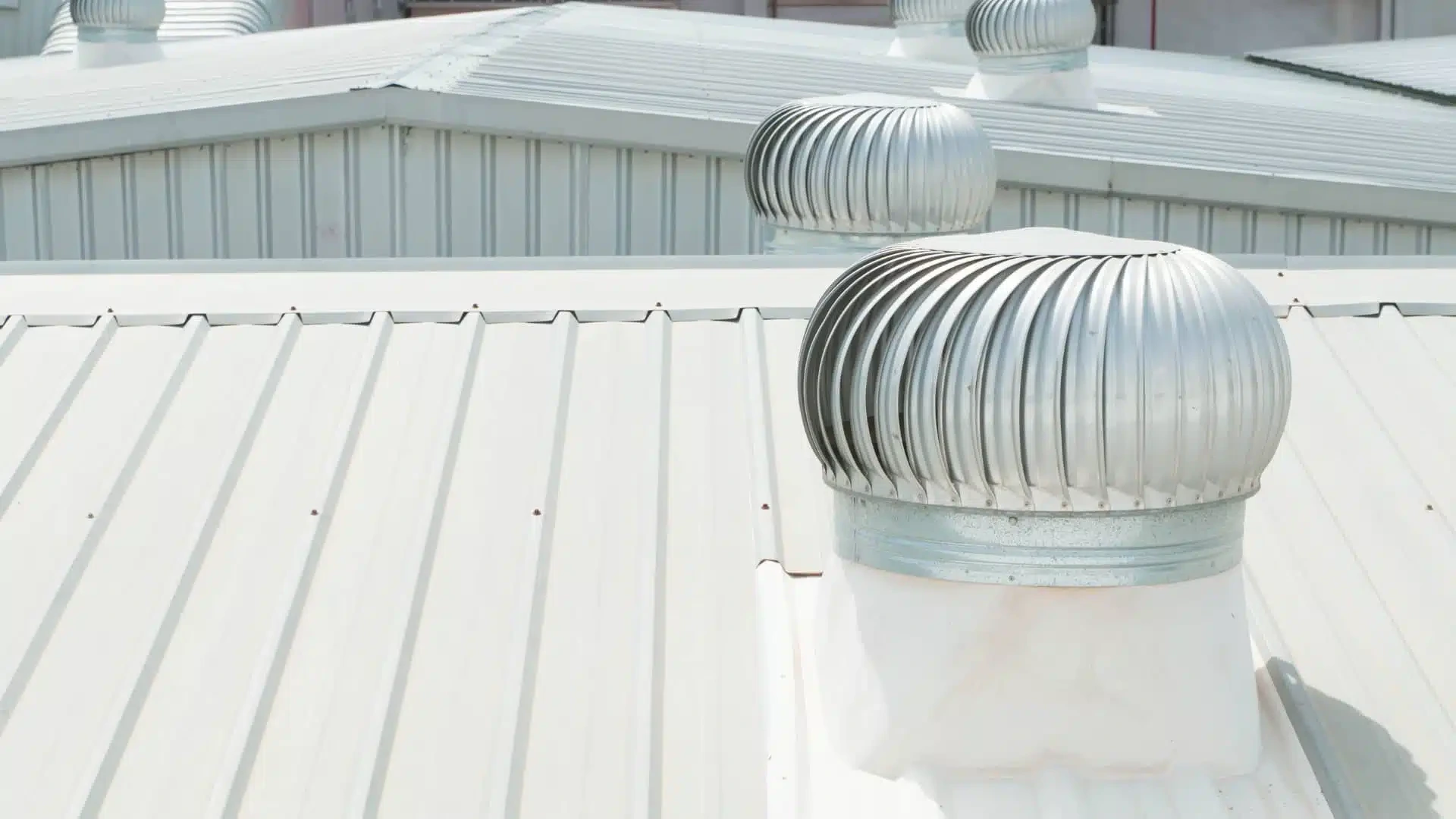
Of course, none of this comes free but the good news is that cool roofing usually doesn't cost much more than standard roofing if you're doing a roof replacement anyway.
For residential projects, expect to pay about the same or up to 10-15% more for cool roofing materials compared to standard options. If your standard asphalt shingle roof costs $8,000-$15,000, the cool version might run $8,500-$16,000 which isn't a huge premium.
Commercial cool roofing follows similar patterns. A TPO membrane roof might cost $4-$8 per square foot installed. That's competitive with or slightly cheaper than EPDM, and it gives you cool roof performance out of the gate.
Coating an existing roof is where costs get interesting. Professional roof coatings run $1.50-$3.50 per square foot, depending on the coating type and roof condition. For a 10,000 square foot commercial roof, that's $15,000-$35,000. Sounds like a lot, but you're extending the roof's life by 5-10 years while adding energy savings.
Payback periods for our climate generally fall between 5-10 years for most buildings. Commercial buildings with high energy costs see faster payback, closer to 5-7 years. Residential properties take longer, usually 8-12 years, but still make financial sense over the roof's 20-30 year life.
Some areas even offer rebates or tax incentives that can shave time off the payback period. The federal Energy Star tax credit offers up to $1,200 for qualifying cool roofing materials. Check with ComEd or Ameren about current energy efficiency rebates. They periodically run programs that can provide additional cash back. The Database of State Incentives for Renewables & Efficiency (DSIRE) maintains updated information on what's currently available.
Timing Your Cool Roof Installation
You've got three basic paths here, each with different cost implications.
New construction or full roof replacement is the sweet spot. If you're putting on a new roof anyway, choosing cool roofing materials adds minimal extra cost. This is when to make the switch. Your roofing company can source cool materials at competitive prices, and the installation process is identical to standard roofing.
Early replacement (before your roof fails) can make sense if your energy costs are brutal during summer and your roof is old but not quite dead yet. You're throwing away a few remaining years of life, but the energy savings might justify it. Run the numbers carefully on this one.
Retrofit with coatings is the middle ground. If your roof is still structurally sound with at least 10 years of life left, a coating can make it cool without a full tear-off. Metal roofs, built-up roofs, and some single-ply membranes are good candidates for coating.
Timing tip: roof replacement projects can take 2-7 days for residential, 1-3 weeks for commercial, depending on size and weather. Our weather can be unpredictable (spring storms, summer humidity, early winter freezes), so plan accordingly. Factor in permit time (usually 1-3 weeks) and material lead times. Some specialty cool roofing materials might have 2-4 week lead times, though standard options are readily available. Best installation windows are typically late spring through early fall when weather is most cooperative.
What to Watch Out For
Let's cover a few potential issues before you commit.
Moisture and algae concerns come up in our humid climate, especially during those sticky summer months. A light colored roof can show algae or mold growth more visibly than dark roofs but some cool roof products include algae resistant additives. Ask about this when you're getting quotes.
Condensation risks also exist during our cold winters but they're manageable with proper roof design. Adequate insulation, vapor barriers, and ventilation prevent condensation issues. This isn't a cool roof problem specifically, it's a design issue that any good roofing company should address. With our temperature swings from below zero in January to 95°F in July, proper moisture management is critical, and honest important despite your roof type.
Not all "light" roofs are cool roofs. A tan or light gray roof might look reflective but still absorb plenty of heat. Look for actual solar reflectance ratings. For residential roofs aim for SR of 0.25 or higher. Commercial roofs should target 0.65 or higher for maximum savings.
Warranty considerations matter when coating existing roofs. Some manufacturers void warranties if you apply coatings. Check this before making any decisions about retrofitting.
Energy code compliance isn't currently mandated here like it is in places like California or Florida, but building codes are evolving. Your roofing company should stay current on any local requirements.
Your Next Steps
If you're thinking about a cool roof, start here:
- Check your current roof's condition. If it needs replacement soon, that's your opportunity to go cool without extra tear-off costs.
- Review your energy bills. Look at cooling costs during summer months (May through September). Higher bills mean faster payback on cool roofing.
- Get a professional assessment. A qualified roofing company can evaluate your roof type, your building's specific cooling needs, and recommend cool roofing options that fit. They should provide solar reflectance values for any materials they recommend.
- Research available incentives. Check the federal Energy Star tax credit (up to $1,200 for qualifying materials). Contact your utility (ComEd or Ameren) about current energy efficiency rebates. Visit the DSIRE database for updated state incentive information. These programs change periodically, so verify what's currently active.
- Don't wait until you have a leak. Emergency roof replacements rarely give you time to properly research cool roofing options or take advantage of rebates.
The Bottom Line
Cool roofs save money for most buildings in our climate. The savings are real, measurable, and consistent over the life of the roof. With our hot & humid summers and the increasing frequency of heat waves, the cooling benefits are significant. The cold winters don't erase those savings because of how energy costs break down.
The best time to switch to a cool roof is during a planned roof replacement. The cost premium is minimal, installation is straightforward, and you'll start seeing energy savings immediately. Even retrofitting an existing roof with coatings can make financial sense if your building has high cooling costs during summer.
Work with a roofing company that understands cool roofing technology and can walk you through your options. Ask about solar reflectance values, thermal emittance ratings, and warranty implications. Get multiple quotes if you're doing a full replacement. And remember: the cheapest roof isn't always the best value. A cool roof might cost slightly more upfront but saves money every single summer for decades.
Your building will be more comfortable during those brutal July and August days, your energy bills will drop, and you'll do your small part to reduce urban heat island effects (especially important in the Chicago metro area). That's a pretty good return on a roofing decision you were going to make anyway.

.webp)
